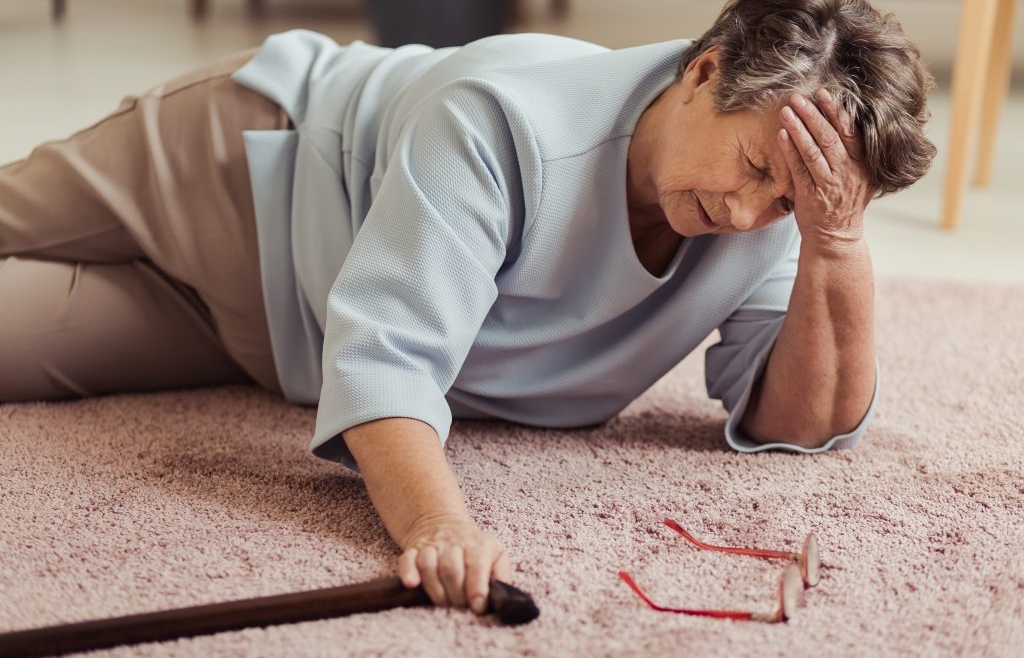Did you know that Leading Edge Senior Care has a Dementia Support Group? We meet monthly in Mesa. For more details <click here>
The Dangers Of A Senior Becoming Fall Risk
The Dangers Of A Senior Becoming Fall Risk
As our loved ones age, we become increasingly concerned about their well-being and safety. One of the most significant concerns for seniors is the risk of falling. Falls can have devastating consequences for older individuals, affecting not only their physical health but also their emotional and financial well-being. In this article, we will explore the top five dangers associated with seniors becoming fall risks and discuss strategies to prevent these life-altering incidents.
1. Physical Injuries: A Painful Consequence
The most immediate and apparent danger of seniors becoming fall risks is physical injury. Even a seemingly minor fall can result in significant trauma. Common injuries include fractures, sprains, and bruises. In severe cases, seniors may require surgery, hospitalization, or long-term rehabilitation.
2. Loss of Mobility: A Barrier to Independence
Loss of mobility is another critical concern. When seniors experience a fall and sustain injuries, their ability to move around independently may be compromised. This can lead to a significant loss of independence and affect their quality of life. The fear of falling again may cause seniors to become less active, which can further exacerbate mobility issues.
3. Emotional Impact: The Psychological Toll
The emotional impact of a fall should not be underestimated. Seniors who experience a fall may develop anxiety, fear, and depression. The emotional toll can affect their self-confidence and lead to social isolation. This can create a vicious cycle, as emotional distress can contribute to an increased risk of falling.
4. Hospitalization: A Major Disruption
Severe falls often result in hospitalization. Hospital stays can be isolating and stressful, especially for older individuals who may not fully understand their medical conditions. The transition from home to the hospital can be disorienting and emotionally challenging. It can also lead to additional health complications, such as hospital-acquired infections.
5. Financial Burden: Costly Consequences
Treating fall-related injuries can be expensive. Medical bills, medications, and the potential need for mobility aids can quickly add up. This financial burden can be particularly challenging for seniors on fixed incomes. Additionally, if a senior requires long-term care in a rehabilitation facility or assisted living, the costs can be substantial.
Prevention Strategies: Empowering Seniors
While the dangers of falling are concerning, there are proactive measures that can be taken to prevent these incidents and empower seniors to live safer, more independent lives.
1. Home Safety Modifications: Creating a Safe Environment
Modifying the home environment is crucial. Remove tripping hazards, install handrails, and improve lighting to reduce the risk of falls within the home.
2. Regular Exercise: Building Strength and Balance
Encourage seniors to engage in regular exercise programs that focus on improving strength, balance, and flexibility. These activities can significantly reduce the risk of falls.
3. Medication Management: Understanding Side Effects
Work with healthcare professionals to review medications and identify any potential side effects that may increase fall risk. Adjustments can be made to ensure medication safety.
4. Vision and Hearing Check-ups: Sensory Health Matters
Regular vision and hearing check-ups are essential, as impaired senses can contribute to falls. Correcting any sensory issues can significantly reduce risk.
5. Proper Footwear: Support and Traction
Seniors should wear supportive, non-slip footwear both inside and outside the home to maintain stability.
Conclusion: Protecting Our Seniors
In conclusion, the dangers associated with seniors becoming fall risks are multifaceted and can have far-reaching consequences. By understanding these dangers and implementing preventative strategies, we can help protect our beloved seniors from these risks. Ensuring a safe and supportive environment while promoting physical and emotional well-being is essential for seniors to age gracefully and maintain their independence.

